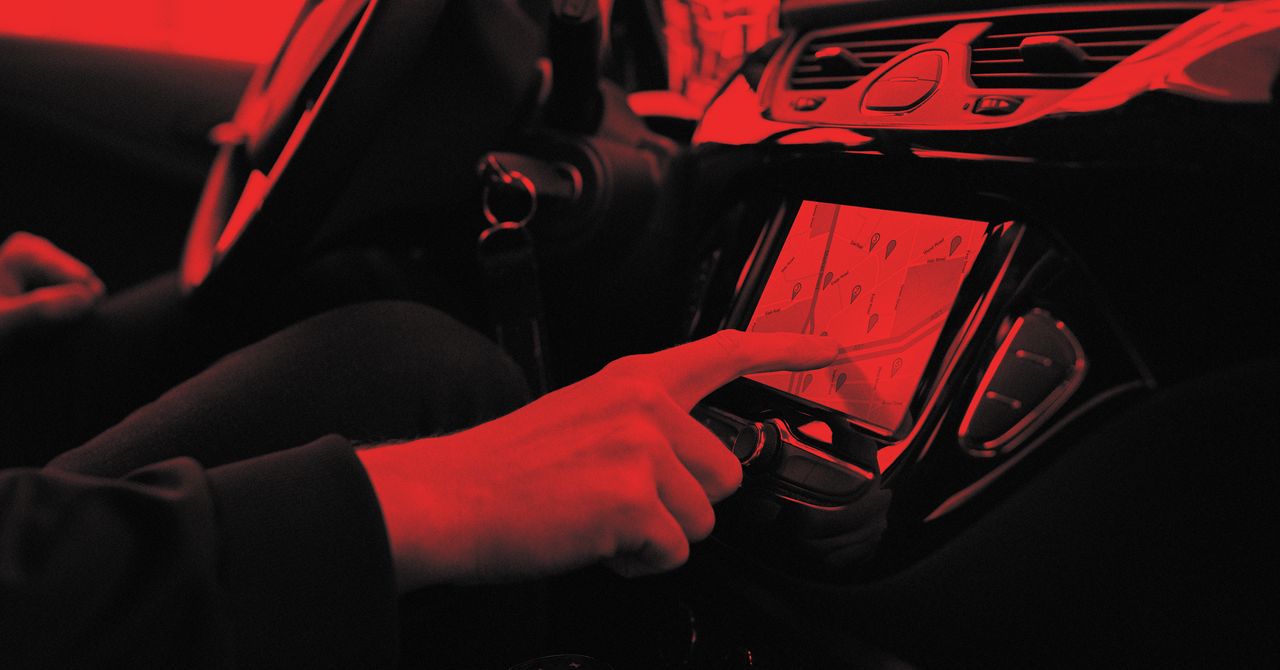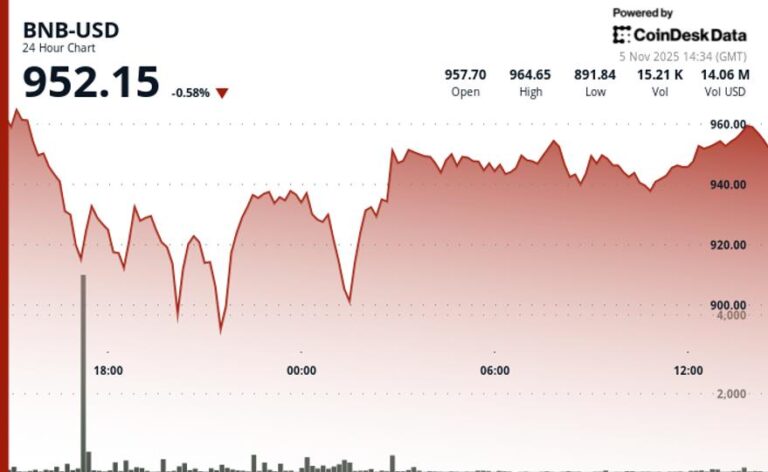
Automakers are increasingly pushing consumers to accept monthly and annual fees to unlock pre-installed safety and performance features, from hands-free driving systems and heated seats to cameras that can automatically record accident situations. But the additional levels of internet connectivity this subscription model requires can increase drivers’ exposure to government surveillance and the likelihood of being caught up in police investigations.
A cache of more than two dozen police records recently reviewed by WIRED show US law enforcement agencies regularly trained on how to take advantage of “connected cars,” with subscription-based features drastically increasing the amount of data that can be accessed during investigations. The records make clear that law enforcement’s knowledge of the surveillance far exceeds that of the public, and reveal how corporate policies and technologies—not the law—determine driver privacy.
“Each manufacturer has their whole protocol on how the operating system in the vehicle utilizes telematics, mobile wi-fi, et cetera,” one law enforcement officer noted in a presentation prepared by the California State Highway Patrol (CHP) and reviewed by WIRED. The presentation, while undated, contains statistics on connected cars for the year 2024. “If the vehicle has an active subscription,” they add, “it does create more data.”
The CHP presentation trains police on how to acquire data based on a variety of hypothetical scenarios, each describing how vehicle data can be acquired based on the year, make, and model of a vehicle. The presentation acknowledges that access to data can ultimately be limited due to choices made by not only vehicle manufacturers, but the internet service providers on which connected devices rely.
One document notes, for instance, that when a General Motors vehicle is equipped with an active OnStar subscription, it will transmit data—revealing its location—roughly twice as often as a Ford vehicle. Different ISPs appear to have not only different capabilities but policies when it comes to responding to government requests for information. Police may be able to rely on AT&T to help identify certain vehicles based on connected devices active in the car but lack the ability to do so when the device relies on a T-Mobile or Verizon network instead.
Charlotte McCoy, a GM spokesperson, tells WIRED the company now requires a court order before handing over location data to law enforcement. “We review each request individually to assess the circumstances and the nature of the request before providing any information,” they say. “Connectivity offers many benefits—including navigation, communication, safety, and maintenance—and customers can mask their location or turn off connectivity at any time.”
Other car manufacturers listed in the CHP presentation, including Ford, did not respond to a request for comment.
“There’s definitely a role being played by the companies in deciding what kind of standard they’re going to insist on,” says Andrew Crocker, the surveillance litigation director at the Electronic Frontier Foundation. “And this is a dynamic we’ve seen in other areas of tech. Google and Facebook and Apple all played a role in saying, ‘We’ll only provide this data in response to a warrant, other data we’ll provide in response to a subpoena.’”
When police are investigating a specific suspect, they will often use a technique known as a “ping” to geographically locate a specific device known to belong to that individual. But when canvassing near a crime scene for an unknown perpetrator, authorities commonly rely on a procedure known as a “tower dump,” requesting that ISPs cast a wider net and identify virtually any devices that have connected to a specific cell tower during a certain window of time. Police analysts can then comb through this data and attempt to identify a culprit, often using surveillance footage or witness testimony about a vehicle’s color, make, or model.



